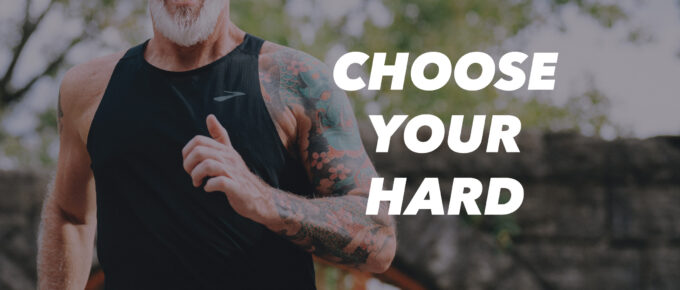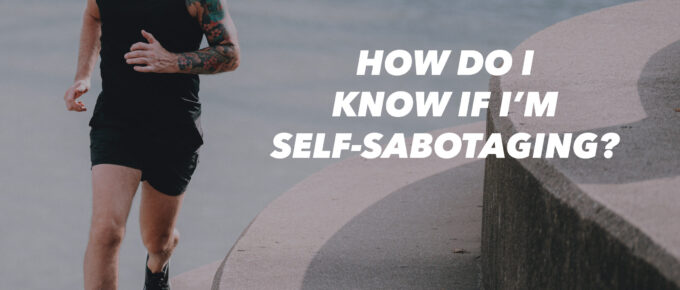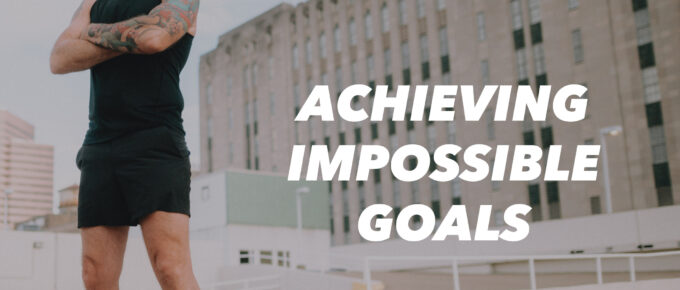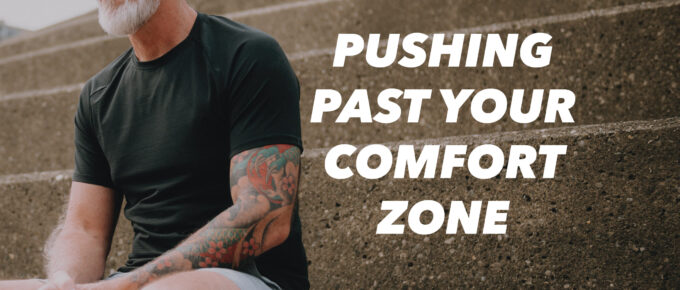If you want to succeed at anything - losing weight, running a faster marathon - there is one thing you have to start doing. This one thing is nothing you don’t already know, but no one really likes …
Continue Reading about 270. The Number One Key to All Success →






